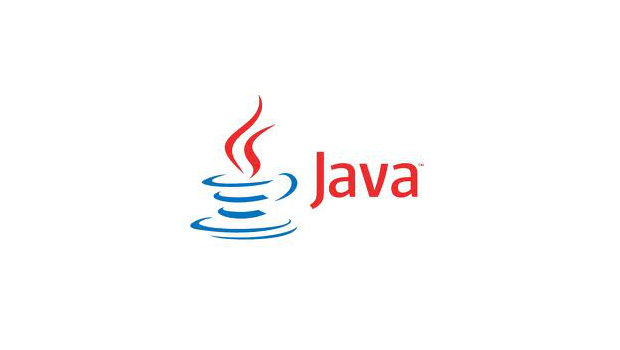Although Oracle has been mostly quiet lately about the progress of its enterprise Java overhaul, that is likely to change soon with the impending arrival of Java Platform, Enterprise Edition 8, better known as Java EE 8.
The upgrade retools enterprise Java for cloud and microservices environments. A vote on the Java Community Process specification for Java EE 8 is under way and is due to be completed on 21 August. Java EE 8, the official specification states, is about simplification while extending the range of the platform to accommodate emerging technologies in the cloud and web. The specification also emphasises HTML5 and HTTP/2 support.
Java EE 8 will support a multitude of Java technology specifications, including:
- JavaScript Object Notation Binding (JSON-B), providing a binding layer for converting Java objects to and from JSON messages.
- Updates to JSON Processing API (JSON-P), improving the object model.
- Java API for RESTful Web Services (JAX-RS) 2.1 reactive client API.
- JAX-RS support for server-sent events, offering a one-way channel from a server to a client.
- HTTP/2 support in Servlet. Java Servlet provides a programming class to extend server capabilities.
- Java EE Security API, accommodating cloud and PaaS paradigms.
- Bean Validation 2.0, leveraging Java 8 language constructs for use in validation. Bean Validation enables expression of constraints on object models using annotations.
- JavaServer Faces 2.3, for building server-side user interfaces.
- Contexts and Dependency Injection (CDI) 2.0, emphasising asynchronous events.
- Java EE upgrades to come faster
Java EE 8 will be followed next year by Java EE 9, as part of a two-phase effort to retool the platform for modern-day cloud and microservices deployments. Java EE 8 is centred on accommodations to configure services and on health-checking to manage services. The follow-up EE 9 release is slated to promote deployment of smaller units of services and a reactive programming model for building large-scale, event-based systems.
Large scale support
Built on top of Java SE (Standard Edition), Java EE offers an API and runtime environment for building and running large-scale, multitiered network applications, with security and reliability serving as key goals of the platform. The last major release, Java EE 7, became available in June 2013 and focused on HTML5 and mobility.
As part of its Java EE 8 development process, Oracle has been working on GlassFish 5, the open source application server that has served as a reference implementation for the Java EE platform. The intent is to have two GlassFish 5 promotion builds weekly to catch integration issues sooner.
Java SE is also set for an upgrade, with version 9 due on September 21 after multiple delays.
Rebellion results in MicroProfile support
Last year, prominent members of the enterprise Java community rose up to protest what was perceived as stalled progress on Java EE. Oracle then rolled out its plan to revitalise the platform, noting the company had desired to retreat from earlier Java EE plans It deemed inadequate for modern computing paradigms.
One of the rebel efforts led to the development of MicroProfile, providing a baseline platform definition for microservices. The Eclipse Foundation has since taken over MicroProfile, which will still be promoted as a mechanism to accelerate adoption of Java EE 8. The current 1.1 version of MicroProfile provides a stack that includes CDI, JSON, JAX-RS, and a configuration API.
IDG News Service








Subscribers 0
Fans 0
Followers 0
Followers